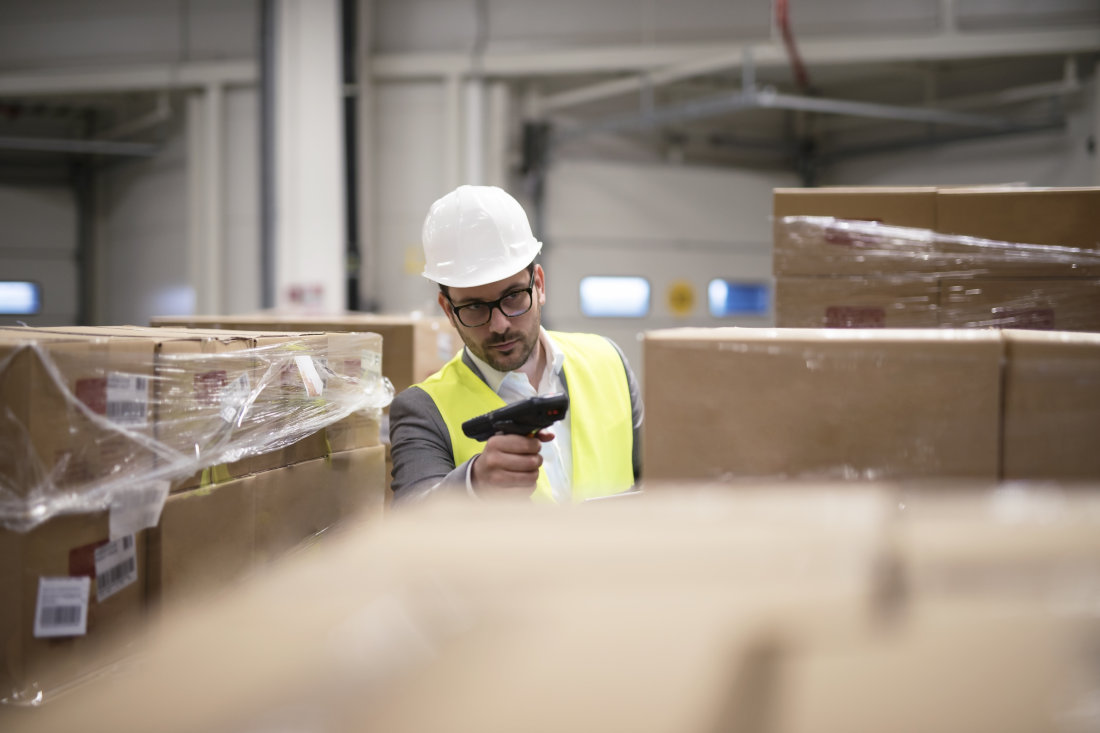In 2021, over sixty million tonnes of containers passed through UK customs. They contained a myriad number of different goods, from toys to textiles, and computer components to ceramic coffee pots. So how does HMRC ensure that the right rates of duty are levied on these goods, or that the correct restrictions are enforced? Welcome to the world of commodity codes!
What are Commodity Codes?
A commodity code is an internationally recognised reference number, used to identify the exact nature of an item. It describes the specific product that is being imported or exported. Typically, a commodity code is a sequence of numbers made up of six, eight or ten digits.
The first six digits form part of the internationally recognised HS codes, defined by the World Customs Organisation in their WCO Harmonized System. The HS codes comprise of more than 5,000 commodity groups, each identified by a six-digit code. They are arranged in a legal and logical structure, and are supported by well-defined rules to achieve uniform classification. The system is used by more than 200 countries and economies, as a basis for their Customs tariffs and for the collection of international trade statistics. Over 98% of the goods shipped in international trade are classified in terms of the HS.
What is a Commodity Code used for?
Commodity codes are used to ensure the correct charges and taxes are levied on goods as they enter or leave a country. They also help establish if any preferential treatment, or rate needs to be applied to the goods, or if there are restrictions or prohibitions that need to be enforced.
How are goods classified?
Goods are attempted to be classified in a logical and hierarchical manner, with typically the first 4 digits defining the product or product group, and then further digits identifying subcategories. Let’s look at the example of the product code for acorns, from the HMRC commodity code look-up website:
The first 4 digits of the classification code are 2308, which defines all products that are “Vegetable materials and vegetable waste, vegetable residues and by-products, whether or not in the form of pellets, of a kind used in animal feeding, not elsewhere specified or included.”
The additional digits 0040 are added, to create a subcategory for “Acorns and horse-chestnuts; pomace or marc of fruit, other than grapes”.
The final two digits, either 10, or 90, define if the item being classified is a Citrus pulp residue or not.
So, the commodity code that applies to acorns would be 2308 0040 90.

There are products which are more difficult to classify, such as computers and software, pharmaceutical products, or vehicle parts. HMRC offers specific guidance for around twenty such categories of goods, to help identify the correct commodity code.
How to look up a Commodity Code
When looking up a commodity code, you will need to consider both the customs area being transited and the nature of the product. Although many countries have signed up to the same classification system, only the first 6 digits are used worldwide, and product specific subdivisions are particular to each country.
The exact code will depend on a number of characteristics of the item being imported or exported, including the type of product, what it will be used for, the materials used to make it, how it’s produced, and the way in which it’s packaged. Once this information is known, an online database, relevant to the country involved, can be used to establish the exact code.
For goods into the UK, HMRC provides the UK Integrated Online Tariff tool.
For the EU customs area, the TARIC database can be used.
How can we help?
Commodity codes are a necessary part of what can be a complex process. Many businesses choose to partner with a logistic company that can not only handle the physical delivery of goods, but also help with customs transit and the associated regulations.
Here at AGI Global Logistics, we offer all our customers an unrivalled goods transportation service. We can offer you a cost-effective, efficient, and professional service within a highly regulated industry. We provide our clients with a fully personalised and flexible service to ensure that all goods are safely protected during every stage of transportation. To find out more about how we can help, please get in touch. We look forward to hearing from you.
